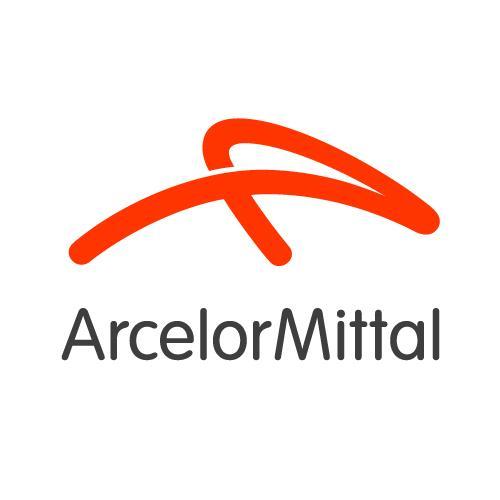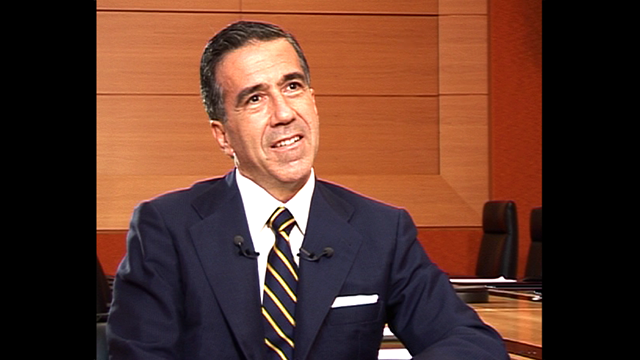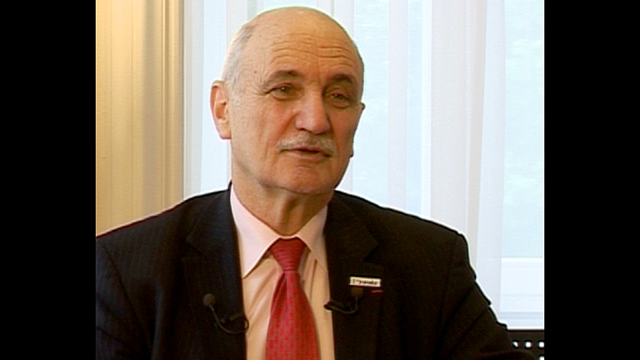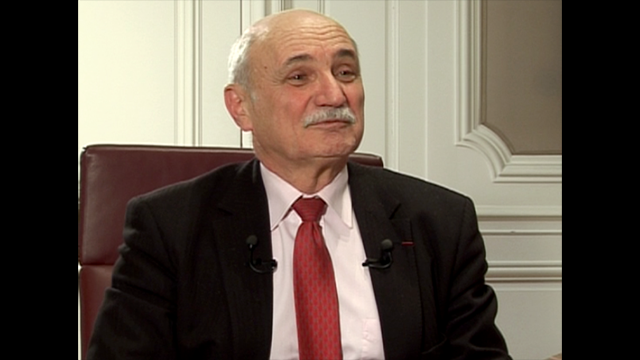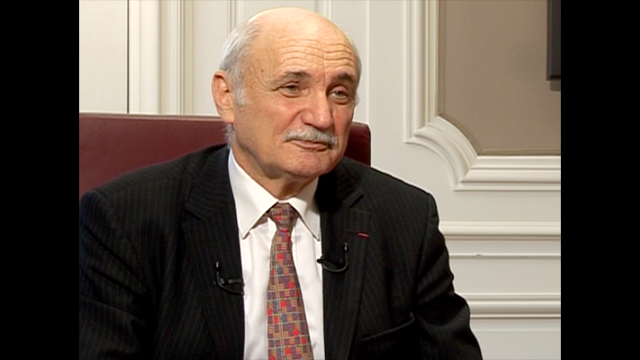EuroBusiness Media (EBM): Arcelor, a global steel leader, just reported third quarter results. Guy Dollé, welcome. You are the CEO of Arcelor. What are your comments on your company's performance in the third quarter?
Guy Dollé (GD): They are excellent, especially for a third quarter! They are mainly due to long-carbon steel and distribution. Of course, flat-carbon steel has improved as well, despite the fact that for the first nine months [of the year] selling price increases barely compensated the raw material price effect.
EBM: What is your outlook on steel prices in 2005, and beyond?
GD: One has to separate spot prices from contract prices. For spot prices, that are close to their high, we will have to transfer to our customers the effect of raw material price increases. Regarding contract prices, for those contracts that are to be renewed next year, we will see price increases of at least 20%.
EBM: How are the yearly and multi-year contract negotiations coming along? Can we expect to see price increases greater than 20%?
GD: There are only a few multi-year contracts that are to be renegotiated this year. Concerning the yearly contracts, we have already renegotiated 90% of them with the automotive industry and approximately two-thirds with the packaging industry. Depending on the added value of the products we reached between 20% and 50% price increases.
EBM: Will raw materials prices continue to increase? Should we fear pressure on your margins? In particular, is there a risk that sales prices increases will fail to compensate for the increase in the price of raw materials?
GD: Unfortunately raw material prices will increase a lot, especially coking coal and perhaps to a lesser extent iron ore. But I am very confident that we will be able to transfer the full price increases to our customers, at least in the first half of next year.
EBM: Investors are worried about two potential risks next year: a China slowdown and price decreases. What are your comments and outlook on these risks?
GD: I think it is good for this industry that China slows down a little bit, because the 20% increase in consumption we have seen in the last four to five years is not sustainable. As for prices, they may well be a little more under pressure in the second half of next year. But on average, year to year, the margin on raw materials will at least reach the same levels as this year.
EBM: Can you provide us with an update on Brazil ? In particular, can you confirm that CST will be consolidated as of the fourth quarter this year, and that you will increase your stake in Acesita next year?
GD: I can confirm that as of October 1st 2004, CST will be fully consolidated in our P&L and in our balance sheet. Regarding Acesita, negotiations with pension funds will begin early next year. We will offer to buy their shares in cash, or to exchange them for shares of Arcelor do Brasil, the planned holding company that will own 100% of each of our three businesses.
EBM: What is your status report on cost cutting today. Are you on target? Is there any chance that you will surpass your target?
GD: On a yearly basis, synergies already amount to 510 million euros at the end of the third quarter. Keep in mind that our target for year end, set at the end of last quarter, was 500 million euros. We are ahead of our target, and can confirm we will achieve at least 700 million euros of synergies before the end of 2006.
EBM: Can you give us more details on your international expansion? In particular, what types of companies are you interested in, and how do you choose your target countries?
GD: With the takeover of CST, our steel production capacity will rise from 45 to 50 million tons, and in 2006 will reach between 53 and 55 millions tons, thanks to improved CST capacity. Our main objective is to be more involved in developing countries where steel consumption can hugely increase, and where raw material is available.
EBM: Guy Dollé, CEO of Arcelor, thank you very much.

